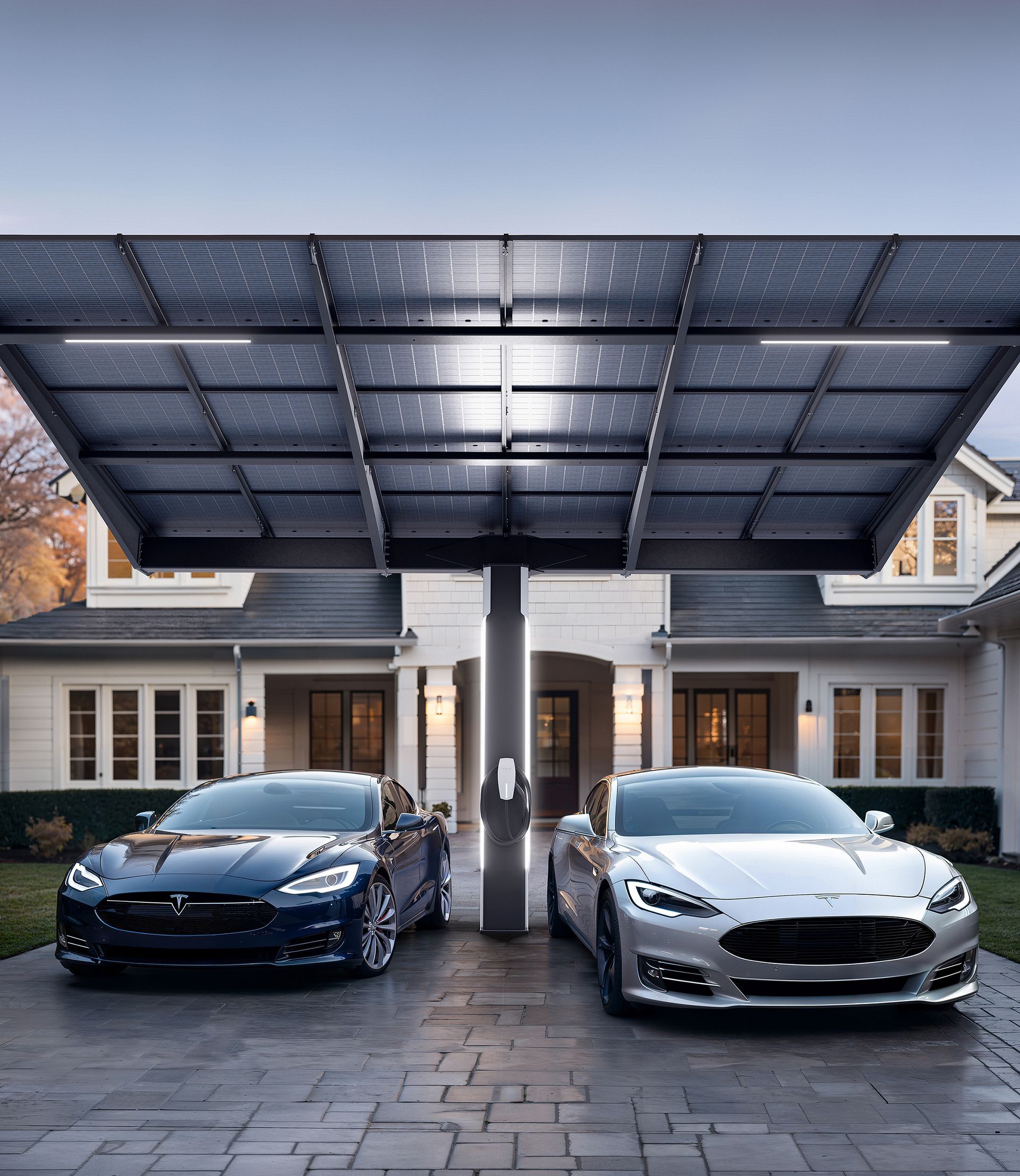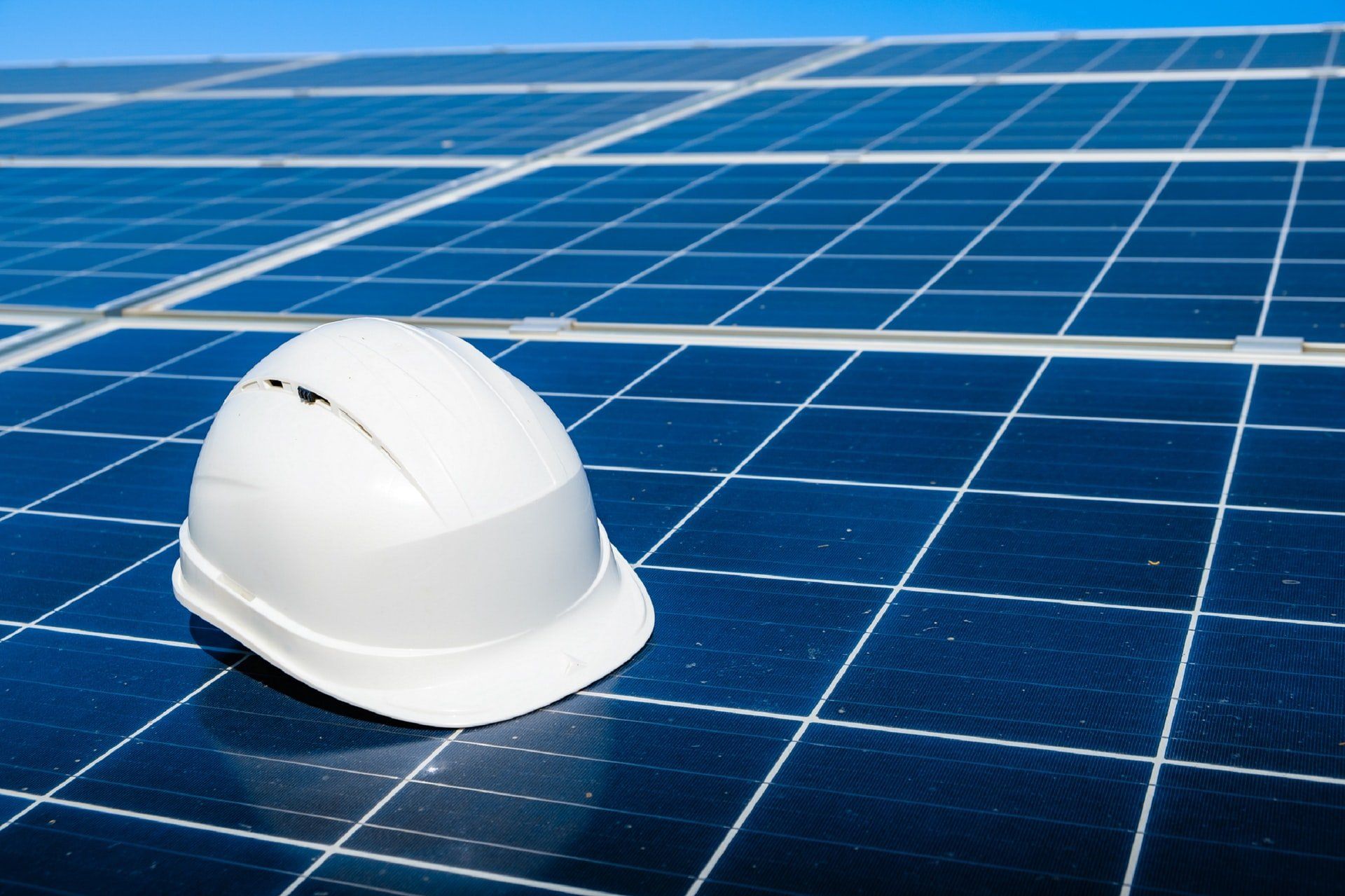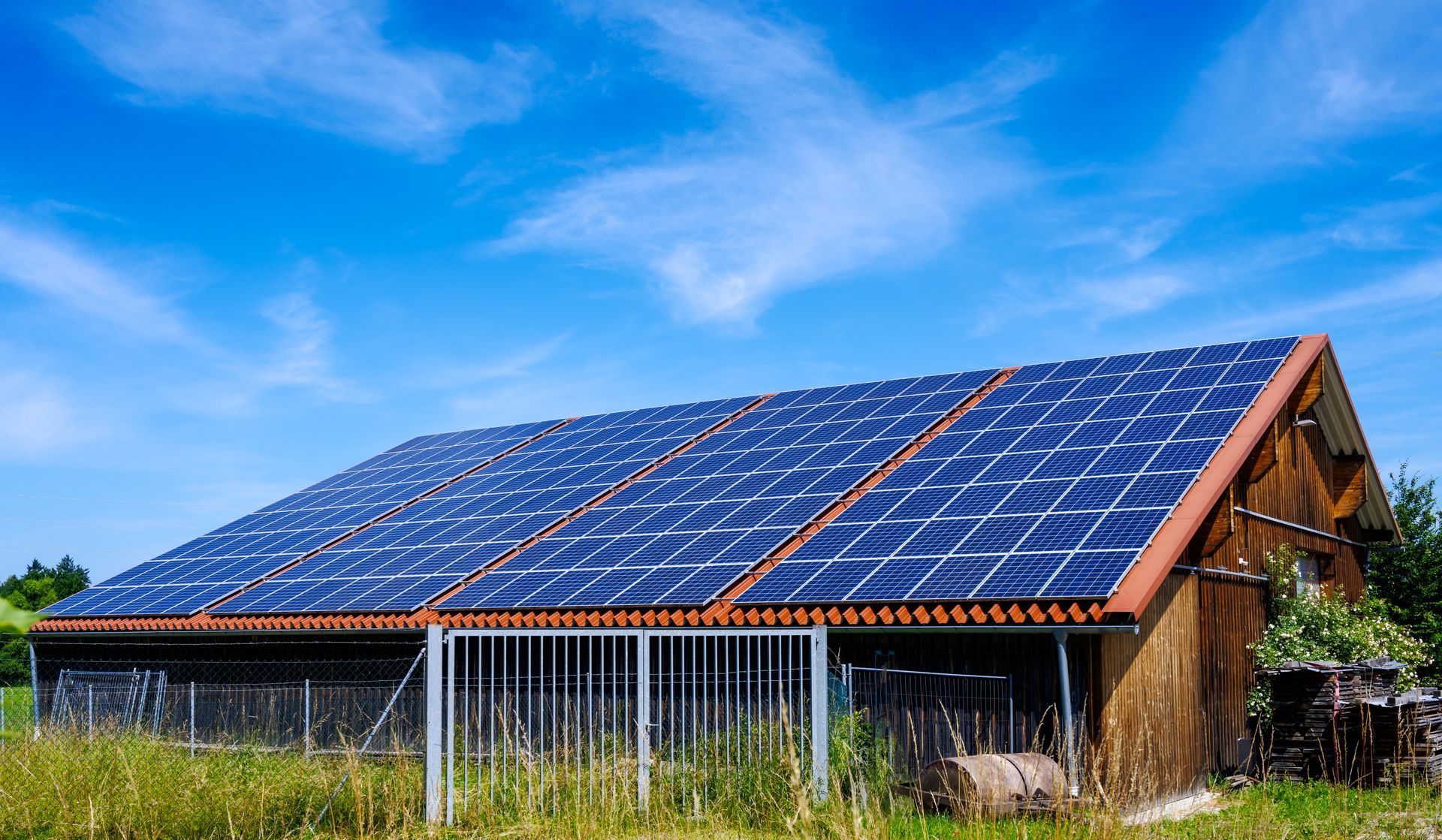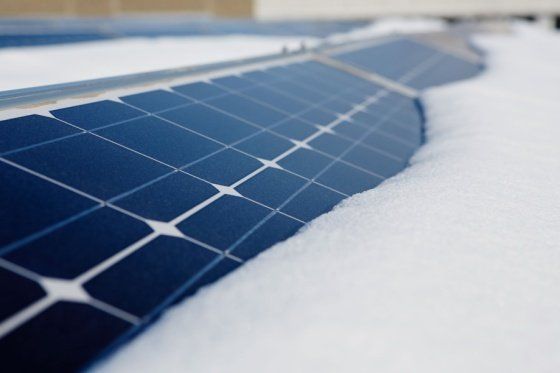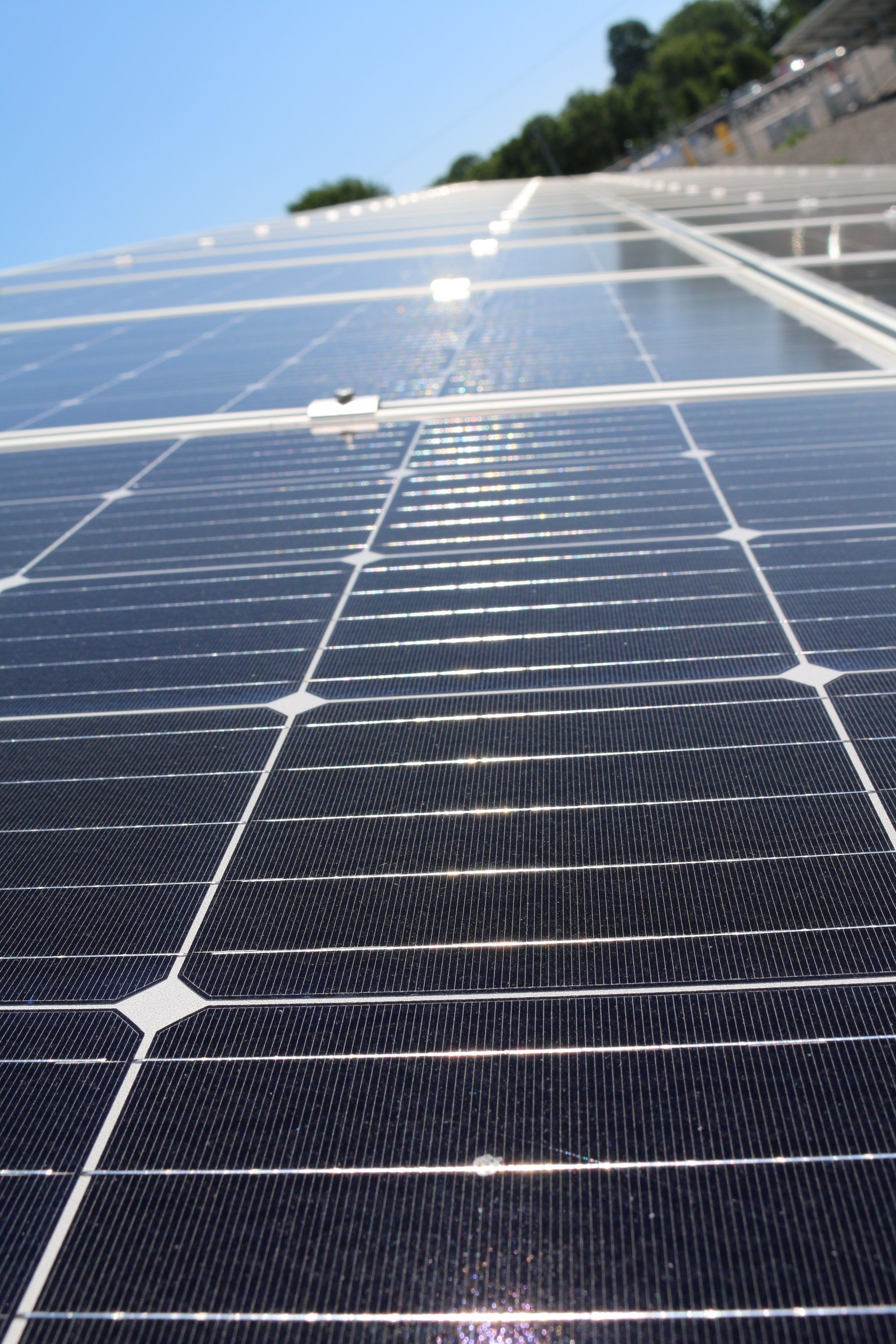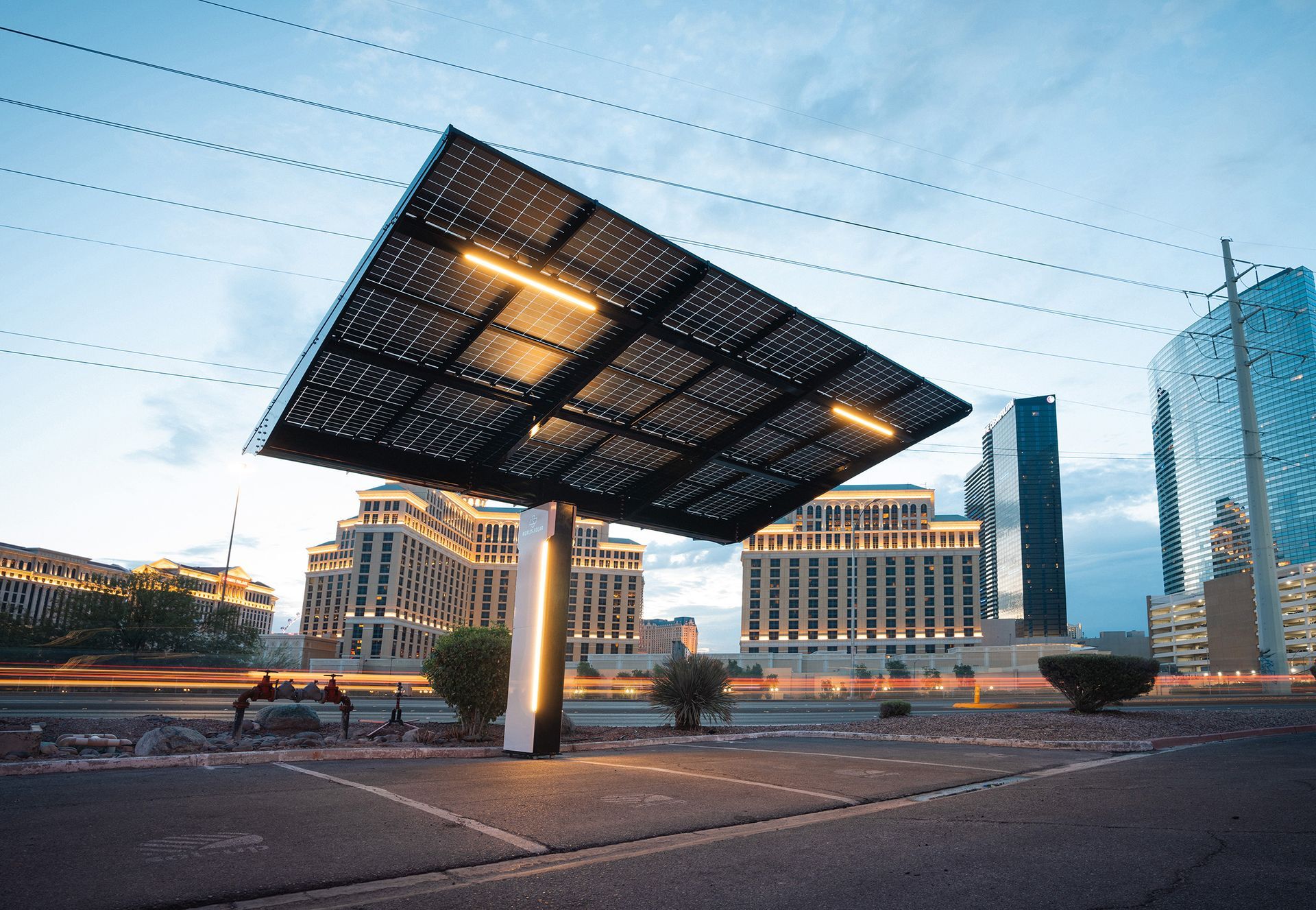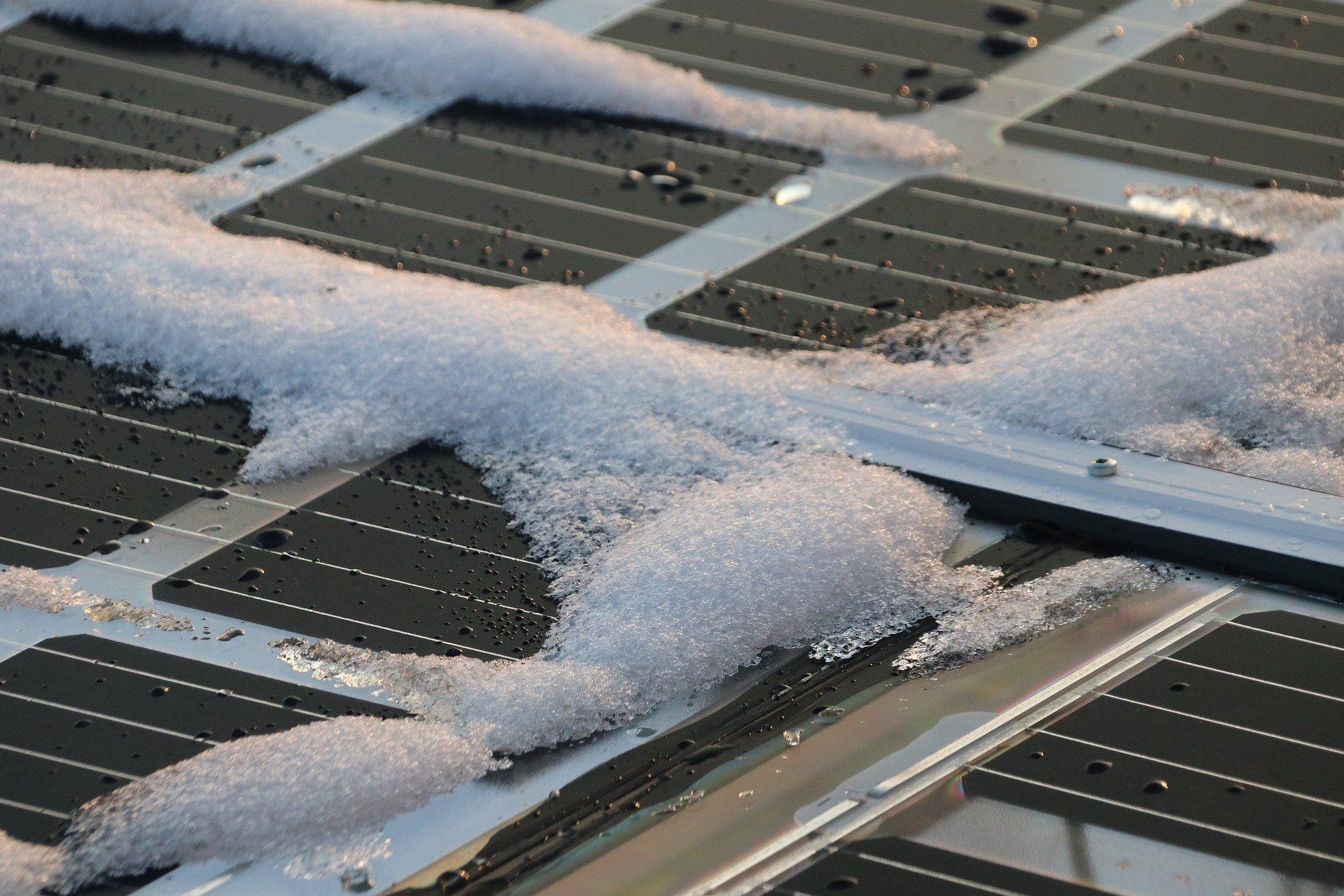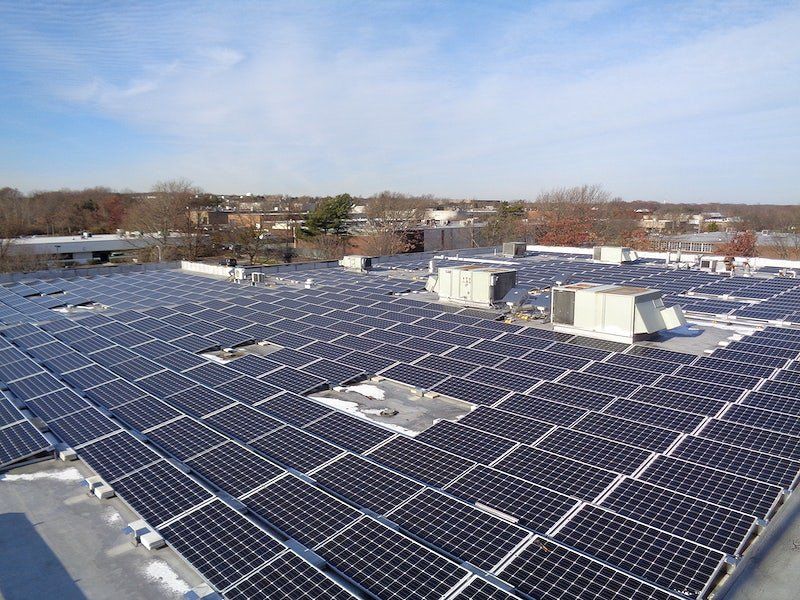Demystifying Solar Panels: How They Work and Why They're Efficient
Demystifying Solar Panels: How They Work and Why They're Efficient
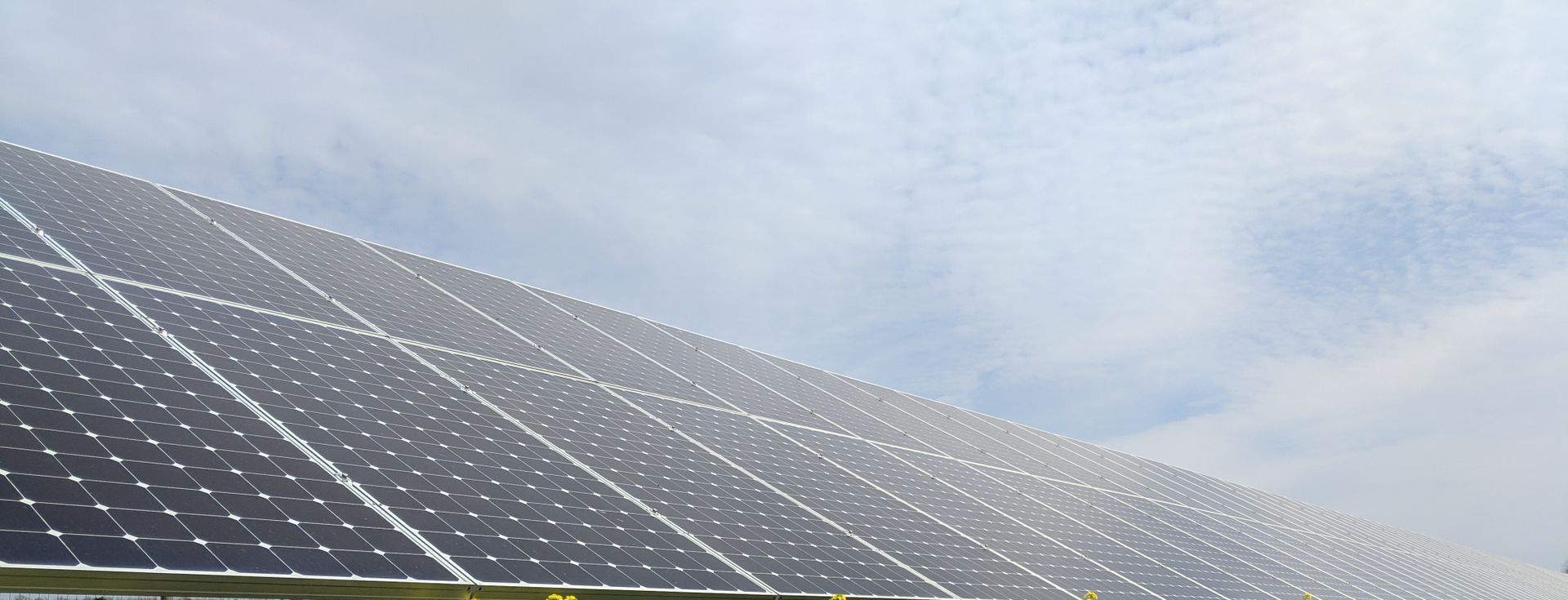
Solar panels, once a novelty, are now a common sight on rooftops across the skyline. But how do these panels transform sunlight into electricity? Let's demystify the process.
The Science Behind Solar Panels
Solar panels consist of many components working together to leverage the energy from the sun to power our homes and businesses.
Photovoltaic Cells: Made of semiconductor materials, these cells generate electricity when exposed to sunlight.
The Inverter's Role: The inverter is crucial as it converts the DC electricity produced by the panels into AC electricity used in homes.
Energy Storage: Solar installations often come with battery storage systems, allowing owners to store excess energy for later use.
Efficiency Matters
Modern solar panels are incredibly efficient. Their technology, durability and virtually maintenance free care make solar a bonus for any business owner or farm.
Advancements in Technology: Modern panels can capture a broader spectrum of sunlight, increasing their efficiency. They can harness energy even on cloudy days, ensuring a consistent power supply.
Durability: Solar panels are designed to withstand various weather conditions, ensuring they last for decades.
Maintenance: With minimal maintenance, such as occasional cleaning, solar panels can operate at peak efficiency.
Joining the Solar Revolution
By understanding the science and efficiency of solar panels, businesses and residents-through community solar programs, can make informed decisions about their energy choices.
Costs Over Time: The initial investment in solar panels is offset by the long-term savings on electricity bills.
Environmental Responsibility: By adopting solar energy, businesses and homeowners contribute to a sustainable future.
Local Support: Sunrise Solar offers consultations, helping communities and businesses understand the benefits and logistics of solar installations.
With Sunrise Solar offering top-notch installation services, transitioning to solar energy has never been easier. Contact us today!
